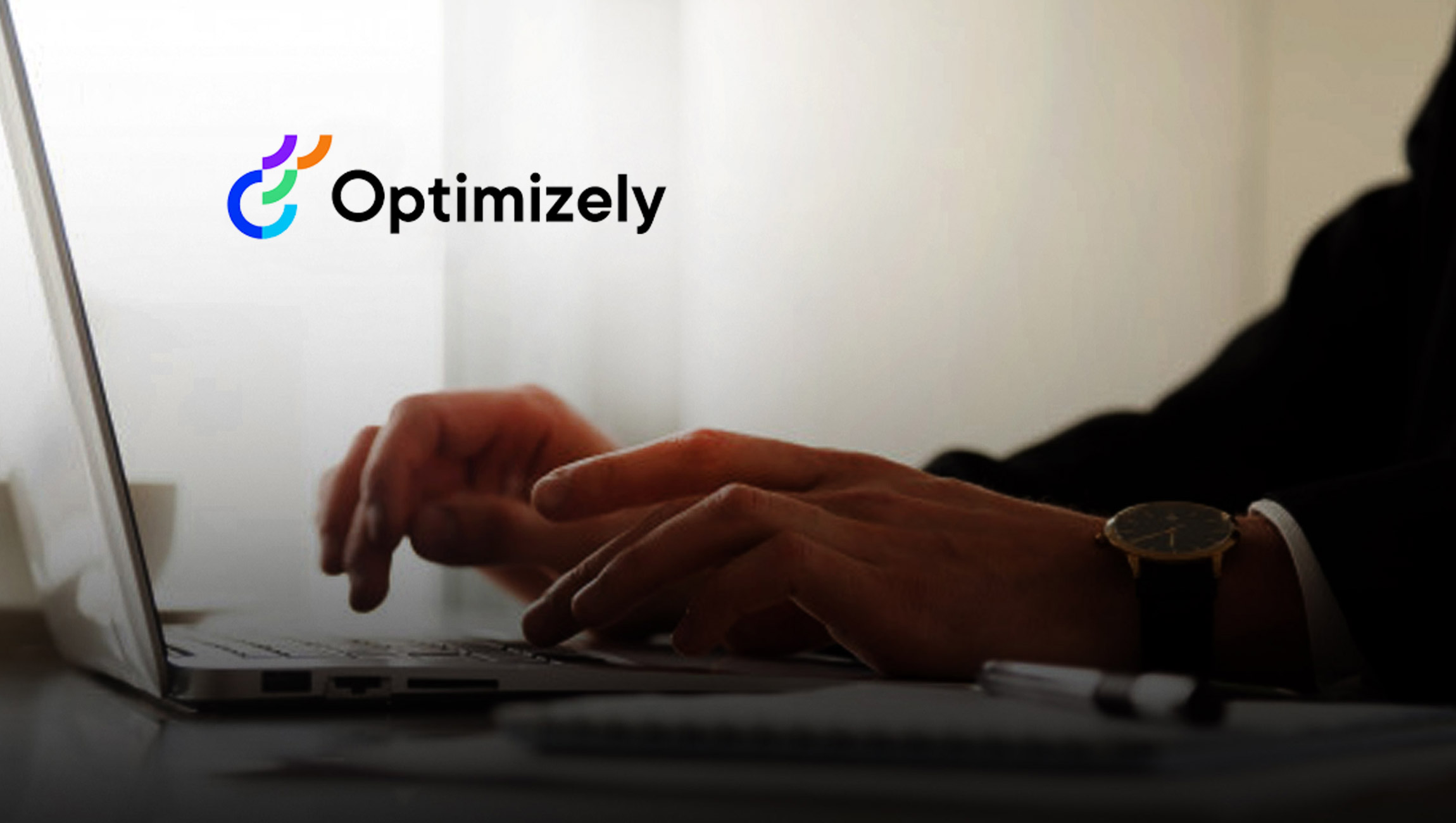Think of data clean rooms as the ‘operating rooms’ of the data world – where businesses can safely and securely extract insights without any contamination or privacy risks.
The era of third-party cookies is nearing an end with most of the browsers such as Mozilla’s Firefox and Apple’s Safari having already blocked them. Amidst the chaos of collecting data, shutting down of third-party data collection, and ensuring the privacy of the users, a myriad of solutions have emerged and one of them are data clean rooms.
In the following section, we will explain more:
In today’s world, data is the most valuable asset of any organization. The abundance of data has made it possible for companies to gain a deeper understanding of their customers, business processes, and operations. However, it has also made the data susceptible to various threats, such as cyberattacks, data breaches, and data theft. That’s why it’s crucial to take the necessary measures to ensure that data is processed securely. And this is where data clean rooms have a role to play.
So, what is a data clean room?
A data clean room is a secure environment, essentially a software, where sensitive data can be processed without the risk of contamination or theft. It allows the advertisers to run their targeted campaigns, apply frequency capping, measure, and report on the performance of the running campaigns. Marketers and advertisers achieve the goals by first uploading the first-party data and comparing the same data to the aggregate data in the data clean room.
A notable advantage of using data clean rooms is that the first-party data and user-level data stays within the room and it is never shared with anyone else outside authority.
In a data clean room, only authorized personnel are allowed to access the data, and all data processing is performed in a secure environment, using secure tools and processes. Thus, it offers an ideal solution for organizations that handle sensitive data, such as healthcare providers, financial institutions, and government agencies.
Key Benefits of Using Data Clean Rooms
1. Improved Data Security
Data clean rooms are equipped with strict security measures that ensure the protection of sensitive information from unauthorized access and theft. It includes physical security features like biometric scanners and security cameras, as well as digital security measures such as firewalls, encryption, and access controls.
2. Compliance with Regulations
Many industries are subject to strict regulations and standards that dictate how sensitive information must be handled and processed. Data clean rooms help organizations meet these regulatory requirements by providing a secure environment for handling sensitive information and adhering to best practices for data protection. This helps organizations avoid costly fines and legal penalties for non-compliance with regulations.
3. Improved Data Quality
Data clean rooms provide a controlled environment for data processing and analysis, ensuring that data is processed consistently and accurately. It leads to improved data quality, as any errors or inconsistencies in the data can be identified and corrected before they are used in decision-making processes.
4. Better Collaboration
Data clean rooms facilitate collaboration between teams and departments, allowing them to work together more effectively on projects and initiatives. it helps organizations make better use of their resources, as different teams can work together to achieve common goals and achieve better results.
Marketing Technology News: Battling App Sprawl: Tips for Streamlining Your Martech Stack
Why Modern Brands use Data Clean Rooms?
To analyze, segment, and gain actionable insights from the data, modern brands need a secure space where they can collaborate with data partners, make use of the data without compromising the customer privacy and security.
A few examples of such brands are:
- Hershey’s is a perfect example of a company, which learns from its advertising strategy and tries to evolve after gaining insights from the data of the previous campaigns. Hershey’s has built a data clean room of its own through which it can convince its retailers to share their first-party data.
- Unilever makes use of a data clean room to determine and identify all the platforms where ad content was shown to the same user and never resulted in a positive retail transaction. Unilever has collaborated with its measurement companies Nielsen and Kantar to analyze the results across platforms like Facebook, Twitter, and Google.












